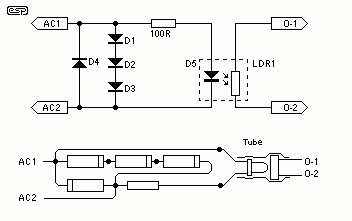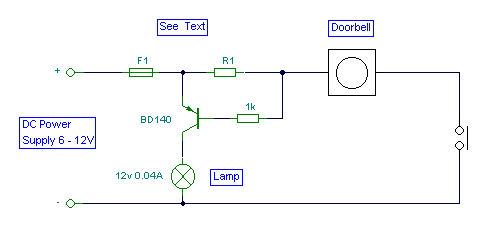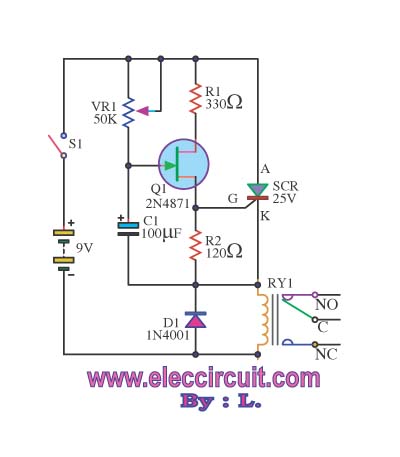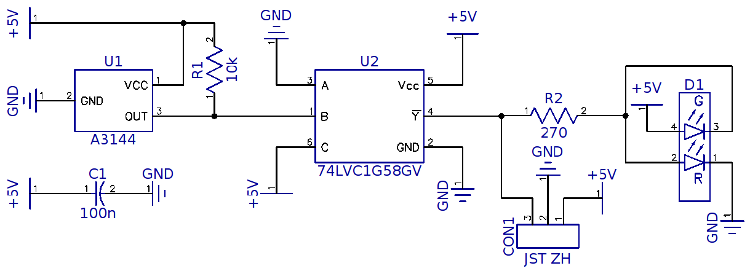
THE TESLA SWITCH
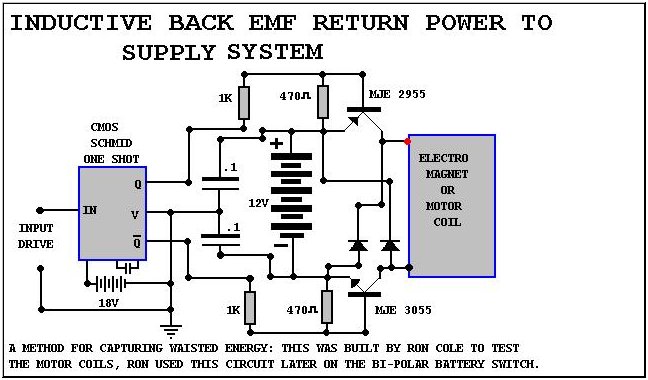
The starting point for the experiments was a switching device constructed by John Bedini for the Tesla Symposium. The objective was to enhance this switching device for compatibility with standard car or motorcycle batteries.
The switching device designed by John Bedini is a type of pulse-width modulation (PWM) controller that regulates power delivery to batteries. This technology is particularly beneficial for optimizing the charging process, improving battery efficiency, and extending battery life. The device operates by rapidly switching the power on and off, which allows for precise control over the voltage and current supplied to the battery.
To upgrade this device for use with conventional car or motorcycle batteries, several modifications can be implemented. The input voltage range may need to be adjusted to accommodate the typical 12V systems found in most vehicles. Additionally, the output current capacity must be evaluated to ensure it meets the charging requirements of the specific battery type being used, whether lead-acid, lithium-ion, or another chemistry.
The schematic for the upgraded switching device would include a microcontroller or a dedicated PWM controller IC, which generates the switching signals. Power MOSFETs or IGBTs can be employed as the switching elements, chosen based on their voltage and current ratings to handle the load effectively. A feedback loop may be incorporated to monitor the battery voltage and adjust the duty cycle of the PWM signal accordingly, ensuring optimal charging conditions.
Protection features should be integrated into the design, such as overcurrent protection, thermal shutdown, and reverse polarity protection, to safeguard both the device and the battery. Input and output capacitors will be necessary to filter voltage spikes and smooth the output waveform, enhancing the overall stability of the system.
In summary, the upgraded switching device aims to provide a reliable and efficient solution for charging conventional car and motorcycle batteries, leveraging advanced switching technology to improve performance and longevity.We used as a starting point for our experiments, the switching device John Bedini had built for the Tesls Symposium. Our goal was to upgrade this switching device for ordinary car or motorcycle batteries.. 🔗 External reference
The switching device designed by John Bedini is a type of pulse-width modulation (PWM) controller that regulates power delivery to batteries. This technology is particularly beneficial for optimizing the charging process, improving battery efficiency, and extending battery life. The device operates by rapidly switching the power on and off, which allows for precise control over the voltage and current supplied to the battery.
To upgrade this device for use with conventional car or motorcycle batteries, several modifications can be implemented. The input voltage range may need to be adjusted to accommodate the typical 12V systems found in most vehicles. Additionally, the output current capacity must be evaluated to ensure it meets the charging requirements of the specific battery type being used, whether lead-acid, lithium-ion, or another chemistry.
The schematic for the upgraded switching device would include a microcontroller or a dedicated PWM controller IC, which generates the switching signals. Power MOSFETs or IGBTs can be employed as the switching elements, chosen based on their voltage and current ratings to handle the load effectively. A feedback loop may be incorporated to monitor the battery voltage and adjust the duty cycle of the PWM signal accordingly, ensuring optimal charging conditions.
Protection features should be integrated into the design, such as overcurrent protection, thermal shutdown, and reverse polarity protection, to safeguard both the device and the battery. Input and output capacitors will be necessary to filter voltage spikes and smooth the output waveform, enhancing the overall stability of the system.
In summary, the upgraded switching device aims to provide a reliable and efficient solution for charging conventional car and motorcycle batteries, leveraging advanced switching technology to improve performance and longevity.We used as a starting point for our experiments, the switching device John Bedini had built for the Tesls Symposium. Our goal was to upgrade this switching device for ordinary car or motorcycle batteries.. 🔗 External reference
